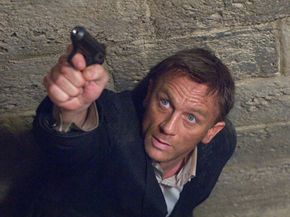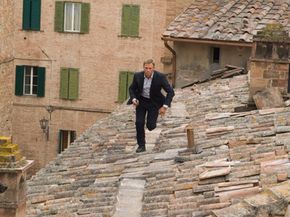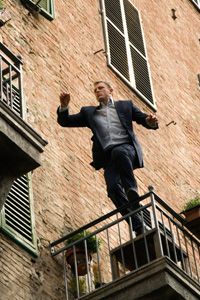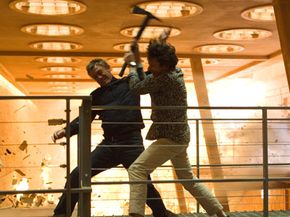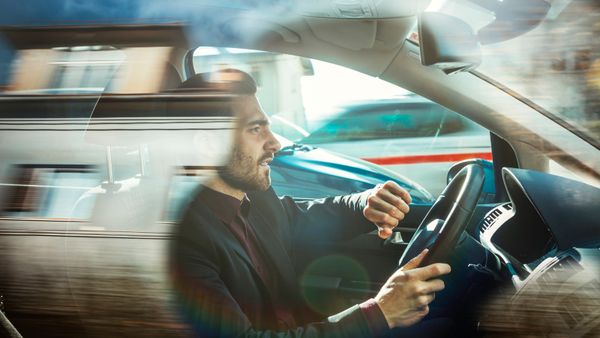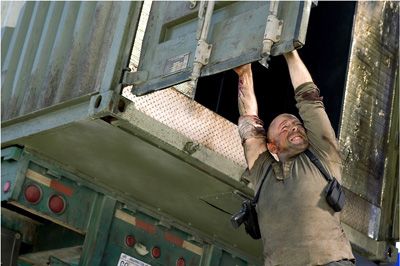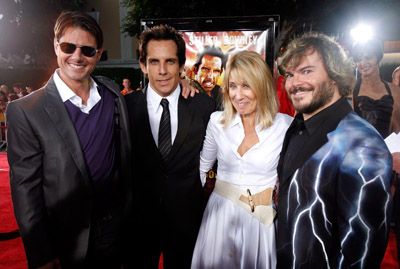Forty-six years since James Bond first battled baddies in "Dr. No," Ian Fleming's martini drinking, Aston Martin-driving British superspy is back in his 22nd installment of the film franchise, the second with Daniel Craig as 007 following his $594 million worldwide box office debut in 2006's "Casino Royale."
Picking up where that movie left off, "Quantum of Solace" finds our hero mourning his dead lover Vesper Lynd and battling an international conspiracy, Quantum, bent on controlling the world's natural resources. In addition to Bond's boss M (Judi Dench), several "Casino" players are back: Giancarlo Giannini's Mathis, Jeffrey Wright's Felix Leiter, and Jesper Christensen's villainous Mr. White. They're joined by evil cohort Dominic Greene (Mathieu Amalric) and Olga Kurylenko as a woman with a score to settle.
Advertisement
Shot over six months in six countries, "Quantum of Solace" is the first big blockbuster directed by Marc Forster, acclaimed for "The Kite Runner," "Monsters Ball" and "Finding Neverland." Paul Haggis ("Crash," "Million Dollar Baby"), who did a polish on Neil Purvis and Robert Wade's script, declined to direct, and so did Forster until producers/franchise owners Barbara Broccoli and her brother Michael G. Wilson convinced him he'd have creative autonomy.
Nevertheless, daunted by the pressures and media scrutiny that come with the Bond series and the high bar set by "Casino Royale," Forster approached the undertaking the only way he knew how: six months of thorough, detailed preparation. "I'm very Swiss in that regard. I make my film in pre-production. Once I start shooting, it's just execution," he says. That planning helped keep the film on its 103-day schedule and within its reported $230 million budget despite lost time due to logistics and weather.
As you might expect with a stunt-heavy flick, "Quantum" was beset by several mishaps and injuries. A stuntman was hurt in a head-on crash during the opening road chase in Italy, an Aston Martin mechanic skidded off the road into a lake while driving one of the cars to a location and Craig suffered injuries to his finger, face (eight stitches under his right eye, from a stuntman's kick) and right shoulder, which required surgery and physiotherapy.
Craig did almost 90 percent of the stunts himself, according to stunt coordinator Gary Powell, and it showed. Sporting a sling during the movie's press tour, "I'll probably [be] fit by Christmas, but I won't be able to put any pressure on it like hanging from a train or anything stupid," predicted the actor.
In the following sections, members of the creative team describe how they came up with the action set pieces and stunts, visual effects and overall look of the movie.
Advertisement
